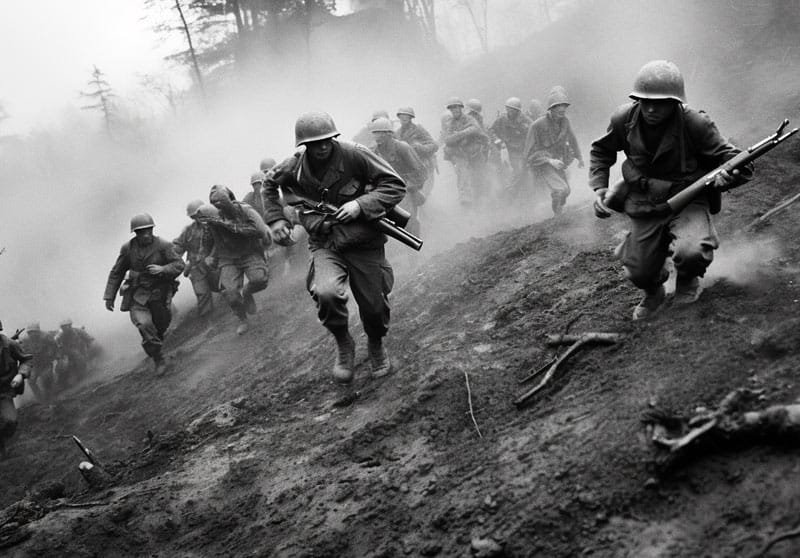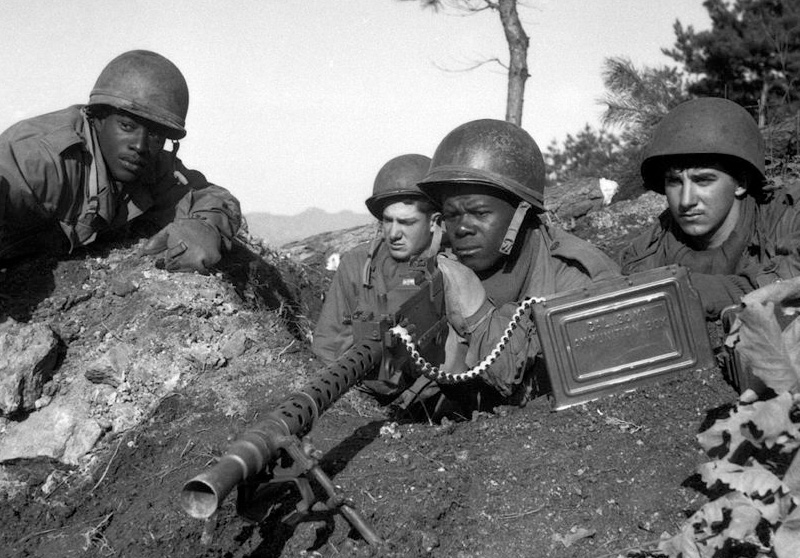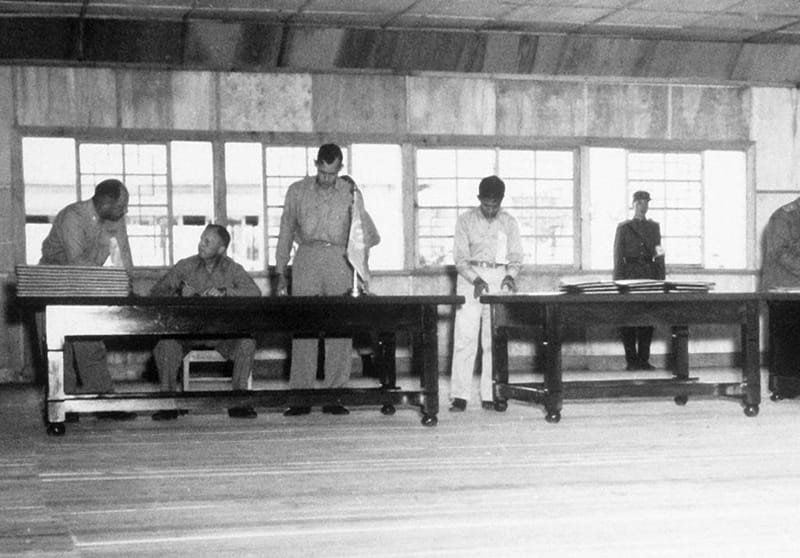The Battle of Osan, a significant early engagement in the Korean War. In this piece, we will delve into the historical context, causes, key players, strategies, and outcomes of the battle. By reading this article, you will gain a deeper understanding of the importance of the Battle of Osan and its impact on the broader conflict.
What You Will Learn
By exploring this article, you will learn:
- The historical context leading to the outbreak of the Korean War.
- The causes and objectives of the Battle of Osan.
- The key players and military forces involved in the battle.
- The strategies and tactics employed by the opposing sides.
- The course of the battle, including major engagements and turning points.
- The outcomes and consequences of the Battle of Osan.
- The broader significance of the battle within the context of the Korean War.
Historical Context
To understand the Battle of Osan, it is crucial to grasp the historical context that led to the outbreak of the Korean War. Here are some key points:
- Division of Korea: After World War II, Korea was divided into two separate zones of occupation by the United States and the Soviet Union along the 38th parallel.
- Ideological tensions: The ideological divide between the communist North, led by Kim Il-sung, and the capitalist South, led by Syngman Rhee, resulted in escalating tensions and hostilities between the two sides.
- Outbreak of war: On June 25, 1950, North Korea launched a surprise invasion of South Korea, sparking the Korean War.
Causes and Objectives of the Battle of Osan
The Battle of Osan, which took place on July 5, 1950, was a critical early engagement in the Korean War. Here are the causes and objectives of the battle:
- Strategic significance: Osan, a town located near the capital city of Seoul, held strategic importance due to its proximity to major transportation routes and communication lines.
- North Korean objectives: The North Korean forces aimed to swiftly advance through Osan and capture Seoul, dealing a decisive blow to South Korean morale and establishing control over the capital.
- United Nations response: In response to the North Korean invasion, the United Nations authorized military intervention to repel the aggressors and restore peace in South Korea.
Key Players and Military Forces
The Battle of Osan involved several key players and military forces. Here are the primary actors in the battle:
- North Korean forces: Led by General Kim Il-sung, the North Korean People’s Army (NKPA) comprised well-trained and highly motivated troops, supported by Soviet-supplied weapons and equipment.
- United Nations forces: The United Nations Command (UNC) led the defense of Osan, with significant contributions from South Korean and American forces. General William F. Dean played a crucial role in the defense of the area.
Strategies and Tactics Employed
Both sides employed various strategies and tactics during the Battle of Osan. Here are some notable approaches:
- North Korean offensive: The NKPA launched a swift and aggressive offensive, utilizing combined arms tactics, tank support, and overwhelming firepower to advance rapidly towards Osan.
- UNC defense: The UNC forces adopted a defensive strategy, aiming to halt the North Korean advance and prevent the fall of Osan. They established defensive positions, utilized artillery and air support, and conducted counterattacks.
Course of the Battle
The Battle of Osan witnessed intense fighting and a series of engagements. Here is an overview of the major developments:
- North Korean advance: The NKPA swiftly advanced towards Osan, encountering initial resistance from South Korean forces.
- UNC defense: The UNC forces, supported by American tanks and air power, engaged in fierce combat to delay the North Korean advance and hold strategic positions.
- Tactical retreat: Despite their valiant efforts, the UNC forces were eventually overwhelmed by the superior strength of the NKPA and were forced to retreat from Osan.
Outcomes and Consequences
The Battle of Osan had significant outcomes and consequences that influenced the course of the Korean War. Here are some key points:
- Capture of Osan: The North Korean forces successfully captured Osan, achieving their immediate objective of advancing towards Seoul.
- UNC retreat: The retreat from Osan highlighted the initial challenges faced by the UNC forces in the face of the North Korean offensive. It also emphasized the need for reinforcement and strategic adjustments.
- Tactical lessons: The battle provided valuable lessons to the UNC forces, allowing them to reassess their tactics, improve their defenses, and adapt to the evolving nature of the conflict.
Significance within the Korean War
The Battle of Osan held significance within the broader context of the Korean War. Here are some notable points:
- Wake-up call: The battle served as a wake-up call for the UNC forces, highlighting the seriousness of the North Korean threat and the need for increased military intervention.
- Strategic implications: The North Korean capture of Osan posed a significant challenge for the UNC forces, necessitating a reevaluation of their strategies and the allocation of additional resources.
- International response: The Battle of Osan drew international attention to the Korean War, leading to increased support and involvement from the United Nations and other allied nations.
Conclusion
The Battle of Osan stands as a crucial early engagement in the Korean War, representing a challenging moment for the UNC forces and a significant advance for the North Korean forces. By understanding the historical context, causes, key players, strategies, and outcomes of this battle, we can gain valuable insights into the complexities and high stakes of the Korean War. The lessons learned from the Battle of Osan helped shape subsequent military operations and underscored the necessity of continued international support in the face of the North Korean aggression.
- The Battle of Midway: Turning the Tide in the Pacific - June 7, 2023
- The D-Day Operation of June 6, 1944 - June 6, 2023
- The B-29 that Changed History - June 4, 2023





